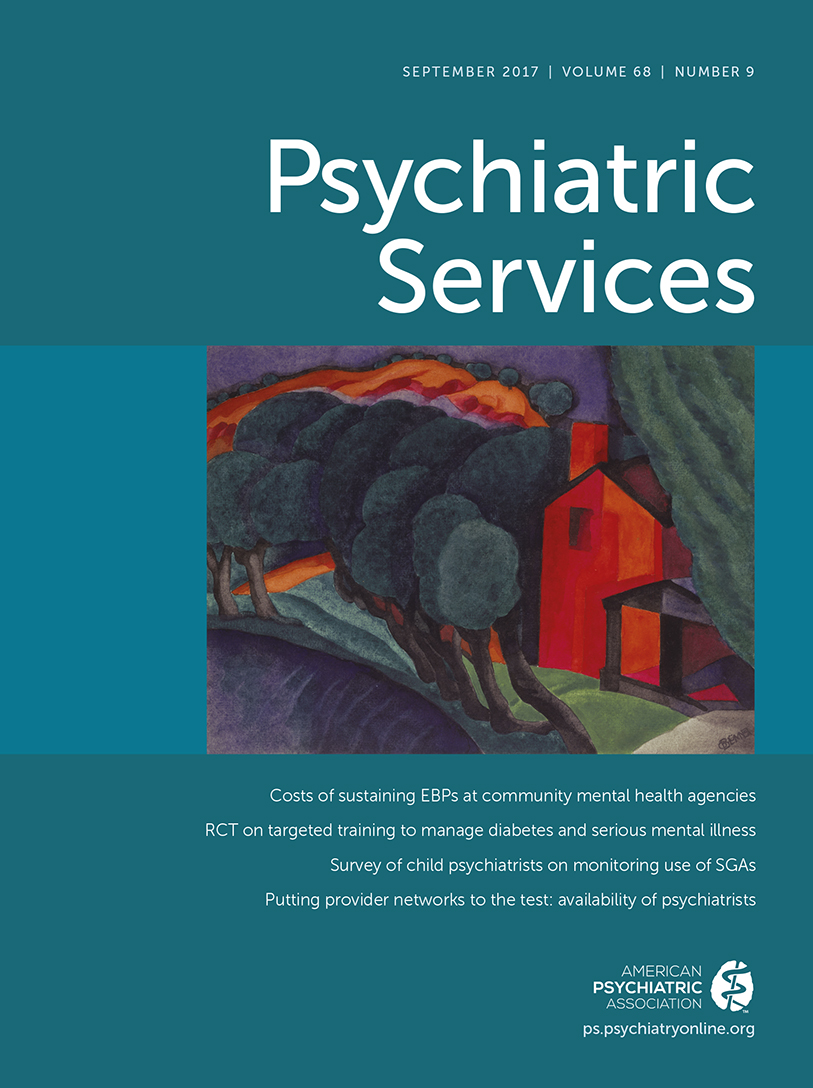Evaluating the Implementation of Integrated Mental Health Care: A Systematic Review to Guide the Development of Quality Measures
Abstract
Objective:
Although the effectiveness of integrated mental health care has been demonstrated, its implementation in real-world settings is highly variable, may not conform to evidence-based practice, and has rarely been evaluated. Quality indicators can guide improvements in integrated care implementation. However, the literature on indicators for this purpose is limited. This article reports findings from a systematic review of existing measures by which to evaluate integrated care models in primary care settings.
Methods:
Bibliographic databases and gray literature sources, including academic conference proceedings, were searched to July 2014. Measures used or proposed to evaluate integrated care implementation or outcomes were extracted and critically appraised. A qualitative synthesis was conducted to generate a panel of unique measures and to group these measures into broad domains and specific dimensions of integrated care program performance.
Results:
From 172 literature sources, 1,255 measures were extracted, which were distilled into 148 unique measures. Existing literature frequently reports integrated care program effectiveness vis-à-vis evidence-based care processes and individual clinical outcomes, as well as efficiency (cost-effectiveness) and client satisfaction. No measures of safety of care and few measures of equitability, accessibility, or timeliness of care were located, despite the known benefits of integrated care in several of these areas.
Conclusions:
To realize the potential for quality measurement to improve integrated care implementation, future measures will need to incorporate domains of quality that are presently unaddressed; microprocesses of care that influence effectiveness, sustainability, and transferability of models of care; and client and health care provider perspectives on meaningful measures of quality.




